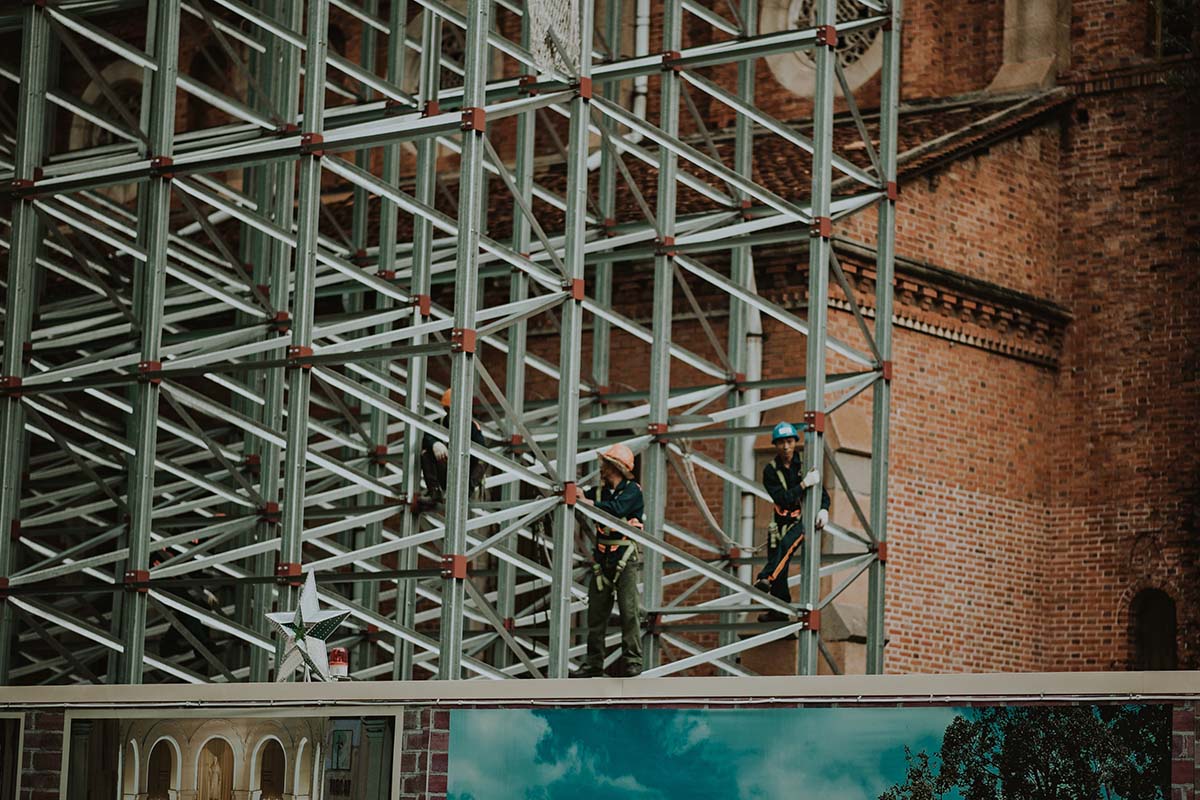The Most Common Industries Where RTLS Technology is Used
For tracking, a real-time location system (RTLS) is necessary. It enables the monitoring, identification, and localization of objects in real time. Automatic identification significantly decreases the effort required to keep track of one’s possessions. In RTLS systems, radio tags affixed to goods or worn by people are widely used.
Tags and static sites are capable of functioning as receivers and transmitters. The versatility of these tools enables an endless number of configurations. Tracking is available in both enclosed and open settings, allowing for optimization. The tracking procedure may be subject to location-based restrictions.
Real-time location tracking systems (RTLS) have been implemented in several settings, including warehouses, industries, hospitals, and college campuses. With these advances, firms can maintain a more accurate record of employee contributions, which has significant consequences in areas such as inventory management. Here are industries that benefit from being an RTLS partner;
E-commerce and retail
The benefits of RTLS affect both physical and virtual stores.RTLS can assist both brick-and-mortar retailers and online marketplaces.RTLS is beneficial for both physical retailers and online marketplaces.
Traditional brick-and-mortar retailers frequently utilize RTLS to streamline and expedite customer checkout. The so-called “intelligent shopping basket” is an excellent example; once things are placed in it, the system scans them and automatically adds them to the order.
No longer are goods examined manually, reducing the human element. The technology is also utilized in “smart” self-service stores, proliferating across cities after prototypes proved viable (after a series of prototypes, increasingly more such stores are being placed in cities).
The sensors within the warehouse assist the AI in determining the ideal storage spaces for the merchandise. As a result, we no longer need to manually enter the goods stored in the warehouse because the sensors do so automatically.
RTLS can be utilized in prisons and jails
The RTLS can be deployed to equip the most dangerous inmates with a portable tracking system. Due to its excellent accuracy, a magnetic strip is widely employed for this purpose.
As a result, prisons can implement enhanced control and surveillance systems. The proper RTLS system enables prisons to track the location of inmates. This would help protect convicts confined to their cells or under severe house arrest.
Monitoring the whereabouts of prisoners can prevent the formation of gangs within the jail, thereby boosting the safety of both the staff and the prisoners. With the aid of inmate data, staff members can identify which inmates commonly travel in large groups, allowing them to anticipate potential difficulties.
Industrial/Logistics
The RTLS provides a complete perspective of the entire process and product flow and may locate the location of a product at any time. The production, storage, and distribution processes benefit from RTLS.
Location data can reveal the substances an item came into contact with during manufacturing. Real-time location tracking and tracing (RTLS) in a factory or warehouse increases production process and inventory control efficiency and productivity. With ERP or WMS connectivity, users can manage matters in real time.
Using RTLS technology, manufacturers may improve the efficiency of their factories and warehouses. Enhanced equipment maintenance made possible by real-time alerting helps lower TCO.
Automotive/Assembly 
In the automotive business, RTLS can also help to streamline procedures. RTLS may help benefit automobile manufacturing procedures. RTLS may help benefit automobile manufacturing procedures. Using a real-time location system, the 3D locations of vehicles and tools may be monitored in real-time. Eliminating barcode scanning increases assembly efficiency and quality.
Watching the areas of cars on a production line in real-time makes it much easier to manage their positions. Alerts can be triggered by vehicles that haven’t moved recently or don’t fulfill performance requirements.
A minor issue can be resolved before it spreads to other systems. Plant output is increased by avoiding setbacks and not giving individual orders preference. Inventory and components in warehouses and factories must be monitored throughout extensive facilities. The advantages of RTLS are evident.
Industries where RTLS technology is used: Transport
Traffic can be reduced by keeping track of vehicles, managing rail schedules, monitoring fleets, and analyzing vehicle movement trends.
In the mining and construction industries
Workers’ workspaces, tools, building materials, and mining variables may be monitored for security concerns.
Pharmaceutical
Monitoring the laboratory’s temperature and humidity conditions allows for the assurance of product and drug quality.
The hotel industry can access a labor force
Sensor-equipped laundry tags can warn personnel before an item leaves the premises, allowing for more effective asset usage and lowering the likelihood of lost personal property. Employees can push a designated call button on their ID badge in an emergency. The benefits and applications of RTLS may continue indefinitely.
Industries where RTLS technology is used: Conclusion
RTLS can help improve efficiency in a wide range of fields. RTLS applications can help with workflows, security, and managing inventory, among other things. There have been effects of RTLS in the prison system and in alternative ways to have fun.
Problems can happen in a company when people waste resources, make mistakes, or get hurt on the job. There are real-time location services that can help with this. This is a trend that will stick around.






















